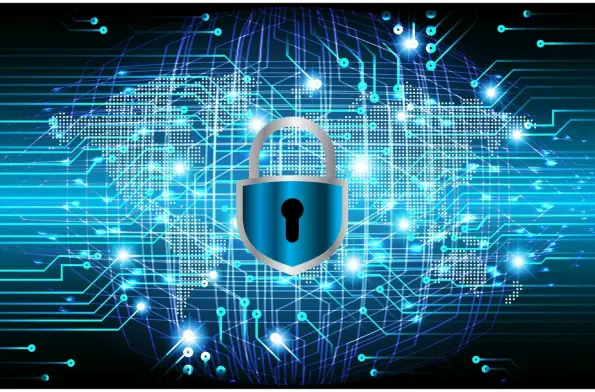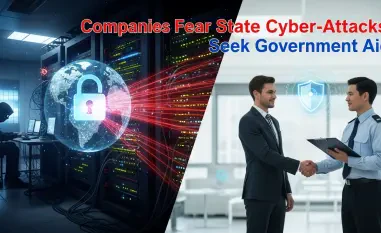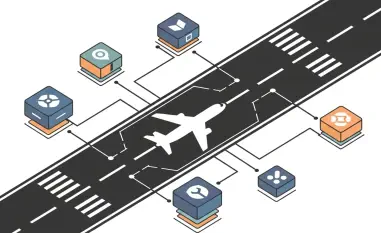In recent developments, a critical spotlight has been cast on Samsung’s MagicInfo 9 Server software, which is essential for managing digital signage displays commonly used in public and corporate environments. The current dilemma facing cybersecurity experts and administrators revolves around a potential zero-day vulnerability. This concern has arisen as ambiguity persists over whether recent cyberattacks exploit a flaw that was disclosed and patched or if a new zero-day vulnerability was discovered early this January. Central to this issue is the zero-day flaw that reportedly allows unauthorized users to upload a web shell, creating an opportunity for remote code execution within the Apache Tomcat process. Despite the availability of MagicInfo 9 Server version 21.1050.0, reports suggest the software remains vulnerable, signaling possible inadequacies in the earlier patch or the emergence of a different, albeit similar, security flaw.
Continued Security Risks and Recommendations for Administrators
The ongoing vulnerability in Samsung’s MagicInfo 9 Server has sparked concern among security firms like Huntress and SSD Disclosure, which are both examining these security issues. Huntress has noted attempted exploitation on systems even with the current patch, indicating significant security flaws remain. This situation highlights the urgent need for administrators of MagicInfo 9 Servers to enforce stringent security measures, such as isolating these systems from the internet as a temporary safety strategy due to the lack of a solid patch. Current vulnerability management raises concerns that despite previous attempts to fix issues, notable threats continue to exist, necessitating immediate and decisive protective actions from network managers to secure their digital environments. Such steps are crucial until a truly effective patch is created and implemented on all impacted systems. Ultimately, the intricate cyber environment requires proactive strategies and resilience, as Samsung’s ongoing software issues highlight the necessity for continuous vigilance and adaptive security strategies.













